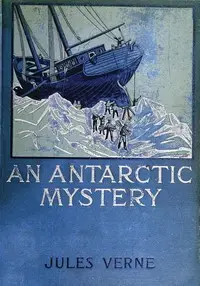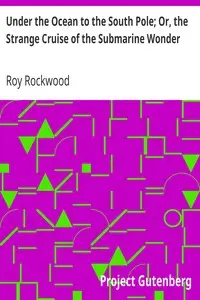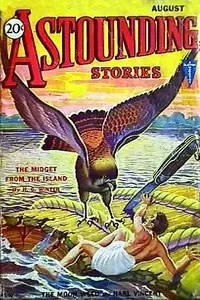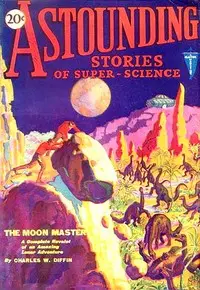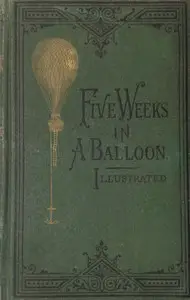"Twenty Thousand Leagues Under the Seas: An Underwater Tour of the World" by Jules Verne is an exciting science fiction story from the 1800s that plunges readers into the depths of the ocean alongside Professor Aronnax, his loyal servant Conseil, and the skilled harpooner Ned Land, as they try to solve the mystery of a massive sea creature terrorizing the seas. The story begins in 1866 with reports of a strange, fast-moving monster attacking ships, sparking fear and wonder around the world, igniting scientific discussions about what this thing could be. Professor Aronnax, just back from his own adventures, becomes obsessed with the mystery, debating the creature's existence and nature with experts. Fueled by public fear and scientific curiosity, an American expedition is launched aboard the frigate Abraham Lincoln, where Aronnax and his friends join the hunt, ready to face a beast that could change everything we know about the ocean.
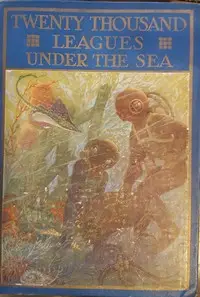
Twenty Thousand Leagues Under the Seas: An Underwater Tour of the World
By Jules Verne
In a world gripped by fear of a mysterious sea monster, a group of adventurers embark on a thrilling ocean expedition, unaware their understanding of the deep is about to be challenged forever.
Summary
About the AuthorJules Gabriel Verne was a French novelist, poet, and playwright. His collaboration with the publisher Pierre-Jules Hetzel led to the creation of the Voyages extraordinaires, a series of bestselling adventure novels including Journey to the Center of the Earth (1864), Twenty Thousand Leagues Under the Seas (1870), and Around the World in Eighty Days (1872). His novels, always well-researched according to the scientific knowledge then available, are generally set in the second half of the 19th century, taking into account the technological advances of the time.
Jules Gabriel Verne was a French novelist, poet, and playwright. His collaboration with the publisher Pierre-Jules Hetzel led to the creation of the Voyages extraordinaires, a series of bestselling adventure novels including Journey to the Center of the Earth (1864), Twenty Thousand Leagues Under the Seas (1870), and Around the World in Eighty Days (1872). His novels, always well-researched according to the scientific knowledge then available, are generally set in the second half of the 19th century, taking into account the technological advances of the time.

